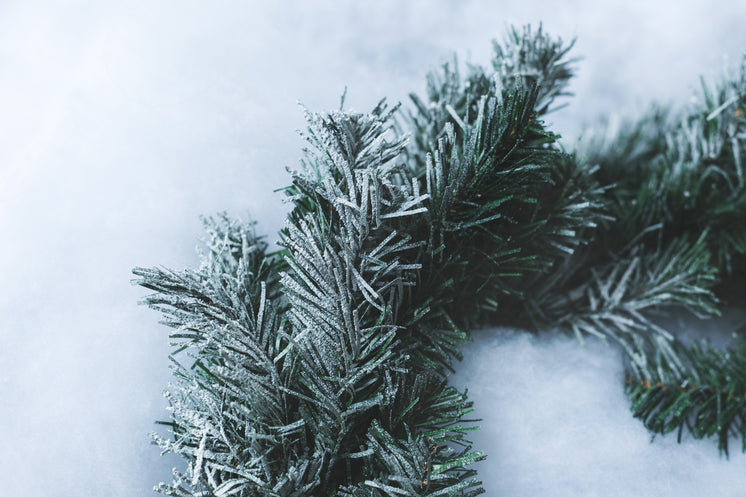 As baby skin is very sensitive and is not as developed as adult skin. These days, baby wipes—especially ones for sensitive skin—are so gentle that they're generally safe to use once baby hits the one-month mark. After a few days, a red-brown rash appears on the head or neck and spreads to the rest of the body. Here are a few easy winter skin care tips for your baby. Here are ways to keep your baby warm this winter. So if your baby is dressed in several layers, then it goes without saying that your baby is vulnerable to moisture and irritation. 3. Chapped lips: The moisture from the drooling lips and nose of babies can break down the protective top layer of the skin. Household tasks like tidying up and doing laundry are down the list of necessary tasks. The child's umbilical cord might appear like just a little unattractive and useless string of skin mounted on your infant. If your child's 6 months old or older, apply sunscreen every time you go outdoors.
As baby skin is very sensitive and is not as developed as adult skin. These days, baby wipes—especially ones for sensitive skin—are so gentle that they're generally safe to use once baby hits the one-month mark. After a few days, a red-brown rash appears on the head or neck and spreads to the rest of the body. Here are a few easy winter skin care tips for your baby. Here are ways to keep your baby warm this winter. So if your baby is dressed in several layers, then it goes without saying that your baby is vulnerable to moisture and irritation. 3. Chapped lips: The moisture from the drooling lips and nose of babies can break down the protective top layer of the skin. Household tasks like tidying up and doing laundry are down the list of necessary tasks. The child's umbilical cord might appear like just a little unattractive and useless string of skin mounted on your infant. If your child's 6 months old or older, apply sunscreen every time you go outdoors.Now there’s no reason you can’t keep playing in puddles and enjoying time outside this winter - just remember to follow a nourishing winter skincare routine to keep your baby’s skin soft and protected against the cold. Liked what you read just now? Also, read why infants are at a high risk of infection in winter. A raised itchy red rash with a central white area is urticaria - read more. 2. Rough, red cheeks: Chapped skin is basically dry skin that becomes inflamed due to irritation caused by friction from clothing and runny nose. A fungal or yeast infection manifests as red bumps or blisters, especially in the diaper area. 1. Diaper rash: Wearing a diaper of the wrong size and friction generally causes diaper rashes. Most probable cause: Henoch-Schonlein purpura, a disease that causes inflamed blood vessels. Autosomal recessive amino acid disorder caused primarily by a deficiency in cystathionine beta synthase enzyme activity causing the build-up of the amino acid methionine in the blood.
Like regular dry skin, dermatitis tends to erupt during winter causing irritation. Soap and water are drying to your baby's skin, so be careful not to overdo the baths in the winter months. Hot water can also have a drying effect on your baby’s skin, particularly when wind and weather have already started to take their toll. First winter and first summer is a baby's first exposure to both the extreme weather conditions and adequate arrangements need to be made to keep them safe and healthy. However, the cold and dry weather also increases the risk of many skin problems in babies. Wrap him in a hooded baby towel as soon as you take him out of the water and pat (don't rub) him dry him quickly. We stock baby wipes, and talc-free baby powder to take care of baby bums and bodies. At night, keep the lights low, and reduce any possible sounds that may wake your baby up.
Do note that while our estimates are conservative, it’s still possible for you to spend less if you don’t require everything that we have listed or are able to source for cheaper alternatives. Whether it’s during the bubble baths or the bedtime snuggles, we’re proud that our baby products have been part of the special moments in your baby’s life for nearly 125 years. First, avoid products with any of these ingredients: acetone, DEA, formaldehyde, MEA, mineral oil, parabens, phthalates, sodium lauryl sulphates, synthetic fragrances, TEA, toluene, and triclosan. Look for a baby moisturiser that is free from paraben, preservatives, petrochemicals, mineral oil, lanolin and artificial fragrances. Does a baby really need moisturiser? Shop Johnson’s® baby products to find clinically proven gentle formulas that have made us the most trusted name in baby care with parents. If you are expecting, you can browse an endless array of baby care products and baby accessories.
No comments:
Post a Comment